Brandenburg Old Prison
In October 1939, Hitler instructed the head of the Führer Chancellery Philipp Bouhler and Dr Karl Brandt to launch a program called T-4. The T-4 was a codename named after the program’s headquarters on Tiergartenstrasse 4 in Berlin. The T-4 stated that German citizens who had physical or mental disabilities and thus did not meet the racial criteria would be killed at special euthanasia centers. On the one hand, they were considered a danger to the nation’s survival if they spread their inferior genes further and on the other, they were considered an economic burden because they could not support themselves on their own without requiring care. Previously, the Nazis had murdered physically and mentally ill children in hospitals on a smaller scale through starvation and poison injections.
One task for Bouhler and Brandt was to find a suitable site where the killings could take place. It was important that it was located near Berlin so that those responsible could make regular visits quickly and easily. In Brandenburg, about sixty kilometres west of Berlin, existed a closed prison suitable for the purpose. This prison had been closed in 1931 and replaced by a new prison not as centrally located about six kilometres from the old one. For a brief period between August 1933 and January 1934, the prison served as a temporary concentration camp (protective custody) before the prisoners were sent on to other camps.
Between spring 1934 and autumn 1939, it once again served as a prison, albeit to a lesser extent than before. But when it closed, the prison was transferred to the T-4 program. The Old prison was also located in an area with good infrastructure that allowed good transport opportunities. Its high prison walls also prevented outsiders to look inside. It was also convenient close to Brandenburg - Görden psychiatric clinic whose patients easily could be transferred to the prison and killed. In early December 1939, the nazis began in an adjacent abandoned prison building to construct a gas chamber measuring about 15 square meter, a reception room, a dressing room and a anter oom. To camouflage the real purpose of the operation, the centre were given the official name, Brandenburg’s state hospital and health care institution (Heil- und Pflegeanstalt Brandenburg).
The first test gassing with carbon monoxide was carried out in early January 1940 when about 20 people were killed in the gas chamber. Who these people were or where they came from is unknown. The testing turned out well and it was decided to use carbon monoxide as method of killing. Carbon monoxide was then used in all euthanasia centers. There are few documents and testimonies that can tell about this first gassing, but present was probably following persons, Dr. Albert Widmann, chemist, and the one who recommended carbon monoxide, Dr. Werner Heyde, psychiatrist, Dr. August Becker, chemist and SS officer, Richard von Hegener, Führer Chancellery (worked in child euthanasia program), Viktor Brack, Führer Chancellery and in charge of the T-4, Christian Wirth, police officer, who later was appointed inspector of all euthanasia centers. After the war all tried to down play their role in this test gassing. The exception was Christian Wirth who had been killed by Yugoslav partisans in May 1944.
After the successful test gassing T-4 started to appoint staff. Nurses, who actively particitated in the murders, administrators, who wrote false death cerificates and false condolence letters, to be signed by T-4 doctors, stokers, chauffeurs. Officially, the killings in Brandenburg started in March 1940 when the first patients were murdered in the gas chamber. The victims arrived by bus to Brandenburg and were led into the killing facility. There they were registered, some were examined, but all were finally undressed and led into the gas chamber and murdered. Initially, the gas chamber was not camouflaged as a shower room, it was only later that those responsible realized the advantage of camouflaging it as part of the misdirection. Initially, patients were informed that it was an inhalation room used for psychotherapeutic reasons and were asked to take deep breaths. One difference from the other five euthanasia centers was that the gas pipelines were located close to the floor and not in the ceiling.
When the patients were dead, the bodies were carried out and cremated. Some dead were dissected before being cremated. The corpses were cremated at night in two mobile ovens that were placed in a connecting room. These were heated with oil and were connected to the chimney of the building. But the location of the prison in central Brandenburg meant that the stench of burnt flesh spread over the city. The chimney was also to short and flames bursting out of the chimney could be seen from distance. Therefore the cremation was transferred to Paterdamm in July 1940, a remote site about six kilometers south of Brandenburg, where they set up a provisional cremation building. To conceal the purpose of the site, it was called the Chemical and Technical Research Institute (Chemisch-Technische Versuchsanstalt). The corpses were transported at night in camouflaged post trucks to Paterdamm in order to maintain confidentiality as far as possible.
In 1940, the first mass murder of Jews took place in Brandenburg when about 400 Jews were killed just for being Jews with mental disabilities. These had been brought to the old prison from various institutions in Berlin and Brandenburg via Berlin-Buch state hospital. One can therefore say that the systematic murder of the European Jewry began in Brandenburg.
The last gassings in Brandenburg took place on October 29, 1940, when arounf 50 children from Brandenburg – Görden were murdered. The reason for the liquidation of Brandenburg was because those responsible were concerned that people in Brandenburg would react negatively if any suspicions of the murder of Germans could be confirmed. According to statistics, 9772 people were murdered during the nine months of the euthanasia centre in Brandenburg. All technical equipment was dismantled and several doctors and nurses were transferred to the mental hospital in Bernburg where the operation was resumed. The buildings were badly damaged at the end of the war and demolished.
Current status: Demolished with museum (1999).
Address: Nicolaiplatz, 147 70 Brandenburg an der Havel.
Get there: Car.
Follow up in books: Friedlander, Henry: The Origins of Nazi Genocide – From euthanasia to the final solution (1995).
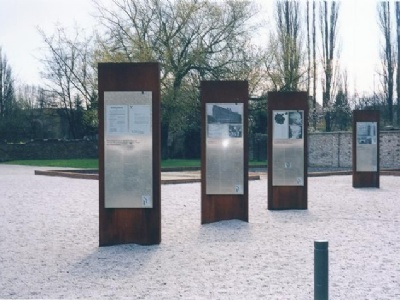
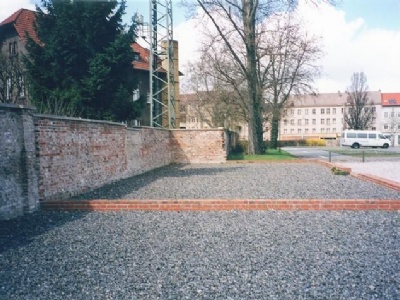
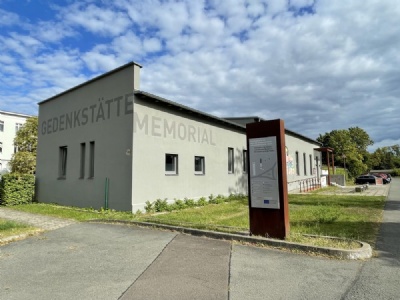
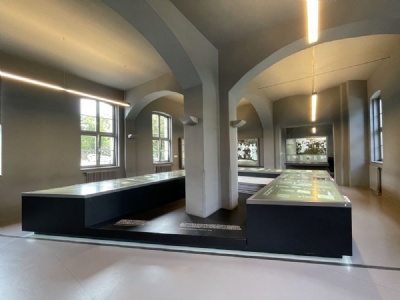
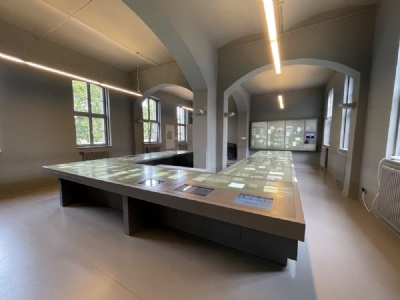
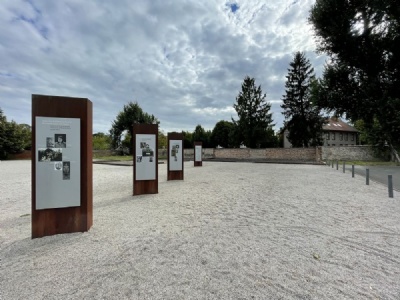
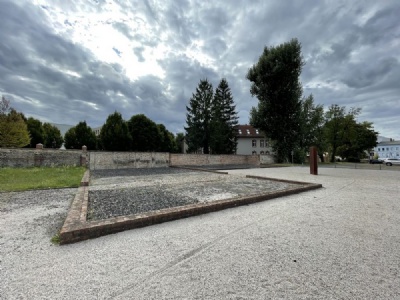
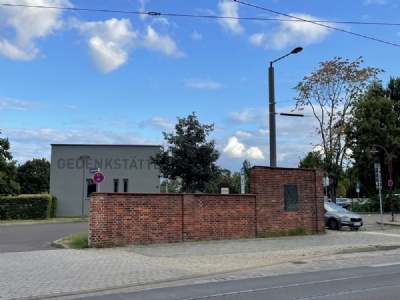
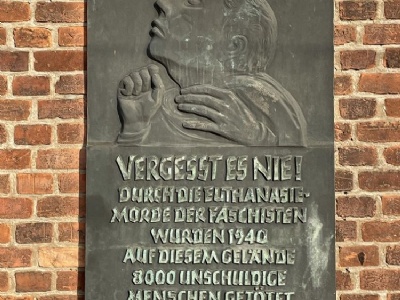
It was in Brandenburg that the Nazi industrial extermination process began and which culminated in Auschwitz. In 1962, the East German regime put up a memorial plaque on a wall at Nicolaiplatz, but otherwise it took until 1997 before a memorial site was established. In the same year, archaeological excavations were carried out of the building where the gas chamber was located and the foundations were found after the outer walls. These have now been marked out. Exactly where the gas chamber was, however, is not known. In 2012, a very good and interesting museum opened on the site.